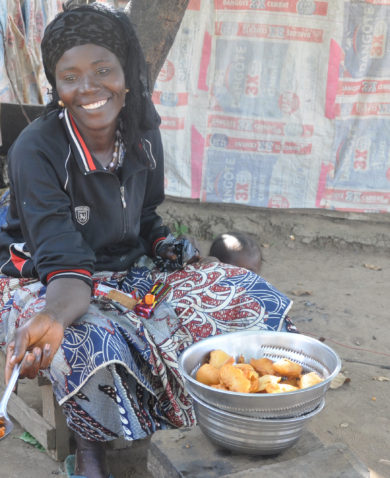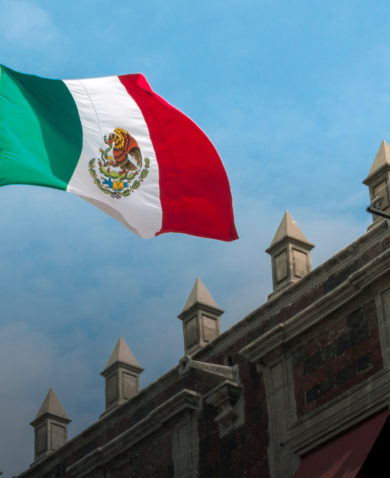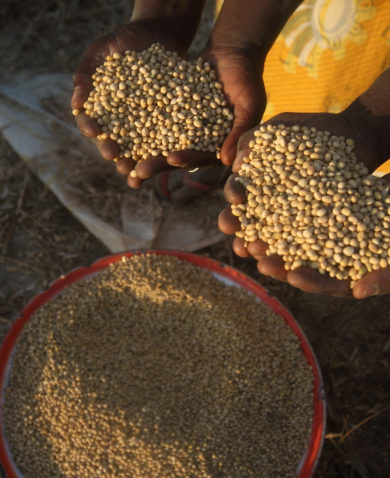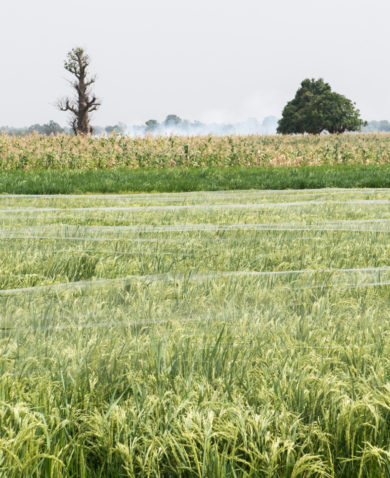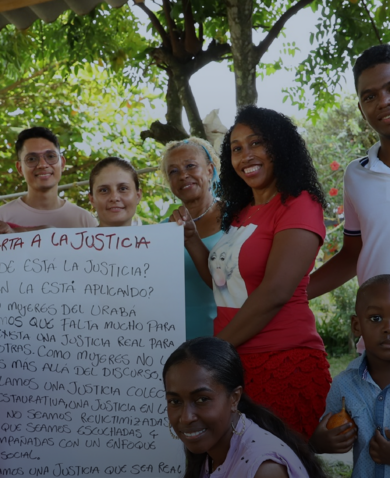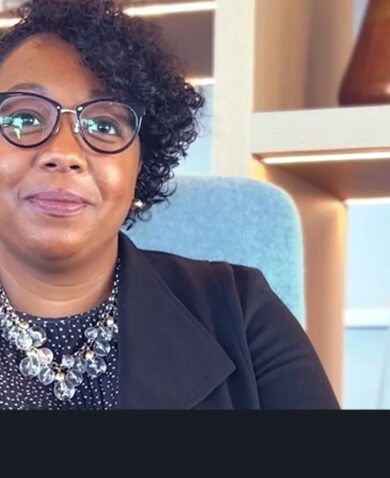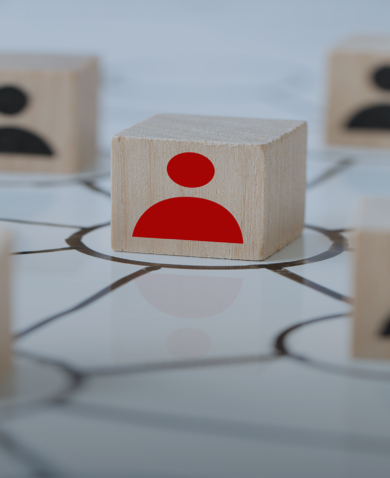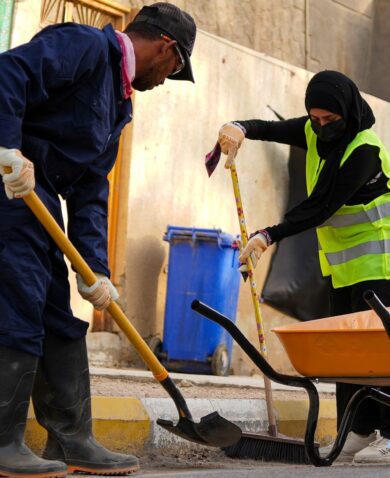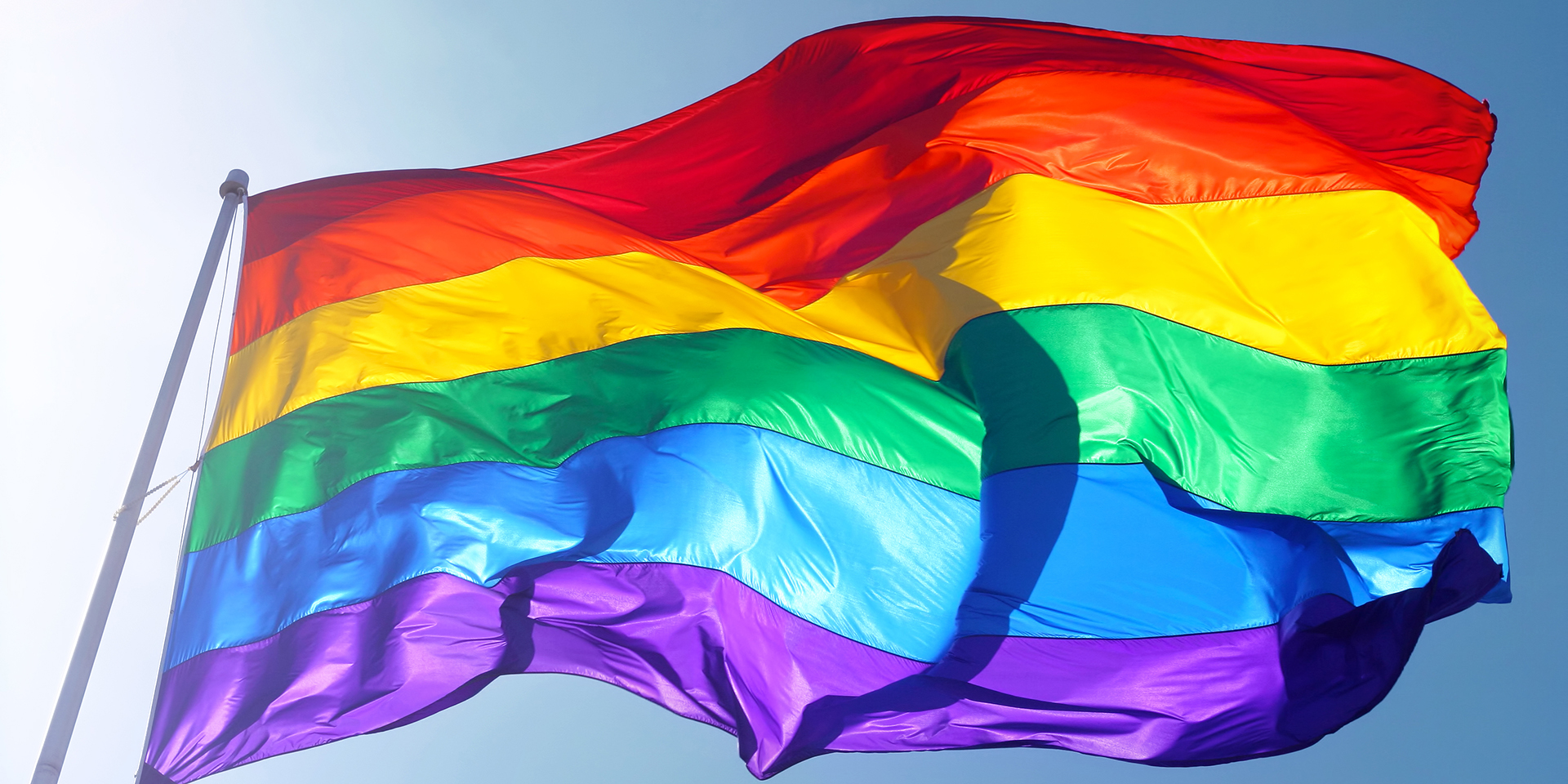
A Development Implementer’s Guide to LGBTI Inclusion
September 4, 2015 | 3 Minute ReadPresident Obama has been the most outspoken president on LGBTI rights in history, which has trickled down into a strategic vision and programmatic changes within USAID.
As the 2015 landmark U.S. Supreme Court decision allowed lesbian, gay, bisexual, transgender, and intersex (LGBTI)* couples to legally marry, 76 countries continue to uphold laws making homosexual conduct illegal, and at least five countries find execution a reasonable punishment for same-sex acts. Internationally, cultural acts of violence against the LGBTI community are vastly underreported due to distrust of law enforcement, lack of legal protection, or familial exclusion.
The human rights inequalities thrust upon the worldwide LGBTI community are multi-faceted and vast but provide a wealth of opportunity to spur positive change. As LGBTI rights continue to be framed and validated as basic human rights, international development initiatives must aim to involve this community of marginalized people that face social stigmatization, economic hardship, and health discrimination.
Around the world, the LGBTI community faces an onslaught of challenges including limited civic participation, low access to social services, and legal barriers to recourse. In order to combat such blatant inequality, we must adapt to the changing landscape of social inclusion and engage members of the LGBTI community as both stakeholders and beneficiaries in our development programs.
President Obama has been the most outspoken presidential advocate for LGBTI rights in history, which has trickled down into a strategic vision and programmatic changes within USAID. This, in turn, affects how development practitioners address the issue in their programming.
First, we must respect the global LGBTI community and the issues it faces within an appropriate cultural context in order to ensure openness and a safe space for inclusive dialogue. We must understand that gender and sexual orientation are one aspect of a citizen’s identity and do not fully define any one group. Therefore, we must continue communication with the global LGBTI community and its subcultures in order to be finely attuned to the morphing challenges, issues, and concerns these citizens may face at any given time. Different factors — such as regions, religions, familial structures, and rural and urban environments — can and will affect subsets of this community. It is our responsibility to know the community and the issues that they face in order to effectively and efficiently address them within our programmatic scope.
Second, we must understand that social inclusion of the global LGBTI community needs to happen in all development sectors. As the injustices against this community are wide-spanning, so our work to combat injustice must be equally expansive. Much of this can be done at the program design level. When developing an education-focused project, consider how bullying might affect LGBTI youth. When composing an economic growth proposal, consider how micro-lending can be advertised to LGBTI rural farmers or how to make employment safe for LGBTI workers. When an RFP includes human rights and governance language, focus on addressing segregated housing issues, supporting LGBTI citizens seeking reparations, or strengthening reporting mechanisms for incidences of violence. Health proposals can use HIV/AIDS treatment centers as key communication centers and distribution hubs for key informational materials.
Third, we must learn from the most promising practices already in place. Upholding non-discrimination policies, building the capacity of local organizations, increasing egalitarian support for transgender persons, offering increased leadership training, and protecting inclusive election processes are all practices that are having a positive effect on the global LGBTI community.
Ultimately, elevating LGBTI issues and lending social visibility builds legitimacy; this is where we implementers can have a vivid and robust impact. By making LGBTI inclusion a priority, we can use our influence to provide a wider safe space for our global LGBTI citizens, neighbors, and friends.
*Words to describe sexual orientation and gender identity may change in different contexts and cultures. I use “LGBTI” as an inclusive term for all sexual minorities.


